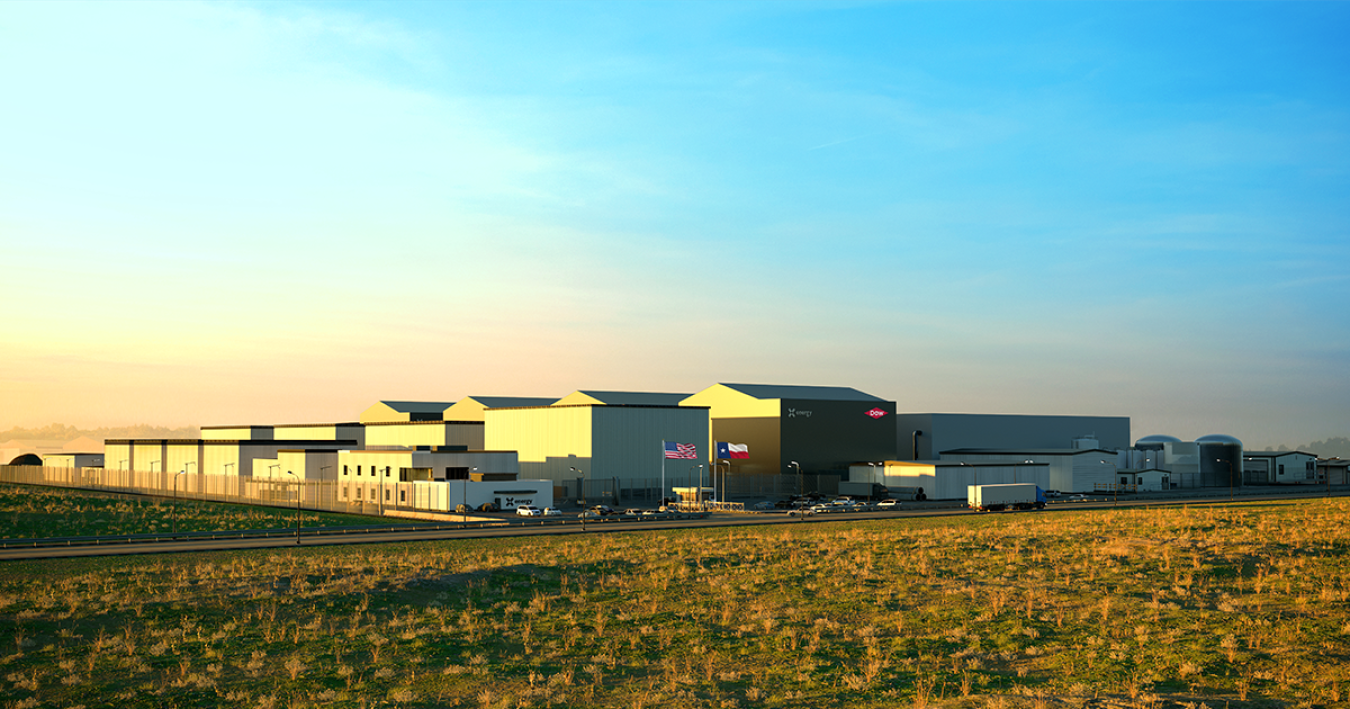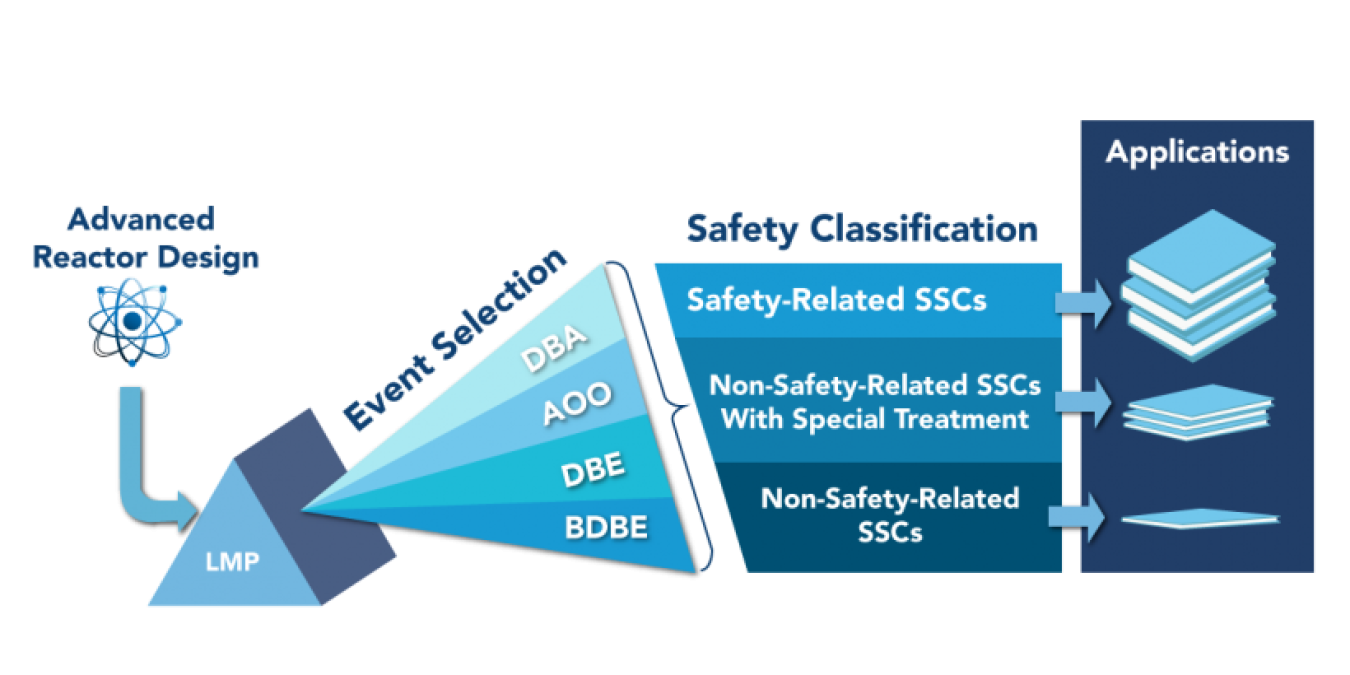New NRC guidance is expected to significantly reduce the regulatory uncertainty for non light-water reactor designs.
March 25, 2024

X-energy is applying new NRC guidance to its construction permit application to build its high-temperature gas reactor in Seadrift, Texas.
The U.S. Nuclear Regulatory Commission (NRC) issued new guidance documents to facilitate the licensing process for non-light water reactor designs. The guidance is expected to significantly reduce the regulatory uncertainty for new reactor concepts that don’t fit the mold of conventional reactor technologies.
This is big news for advanced reactor vendors, including two U.S. Department of Energy (DOE) demonstration projects with TerraPower and X-energy. Both companies are applying this guidance to their construction permit applications to be submitted to the NRC within the year.
A New Approach for Advanced Reactor Licensing
The NRC finalized 10 documents that will help streamline the licensing process for non-light-water reactor applicants. They include the endorsement of an industry-led TICAP project to deliver a more technology-inclusive review of the safety analysis report.
The documents also include the NRC’s public release of interim staff guidance on the project to give applicants and interested members of the public a transparent look at the licensing process.
The new guidance places an added emphasis on the parts of the design and its operation that most directly affect safety and is seen as an important step to establishing an efficient and cost-effective approach to licensing non-light water reactors.
“I’d like to thank our industry partners, led by Southern Company Services, along with DOE, and the NRC for achieving this milestone,” said Jason Andrus, the Idaho National Laboratory Technical Lead for TICAP. “Endorsement of this guidance allows for a more efficient and clear licensing application and review process for advanced reactors by focusing on what’s most important – safety.”
The TICAP endorsement is the direct result of a six-year collaboration between industry, the NRC, the DOE, and the national labs to support the near-term deployment of new reactor technologies.
TICAP is part of a larger NRC-led project to provide guidance on all of the topics needed in applications for construction permits, operating licenses, manufacturing licenses, standard design approvals, design certifications, and combined licenses.
Both projects build on the licensing modernization project (LMP), supported by DOE and led by industry, to provide a risk-informed, performance-based approach for licensing new reactors that is aligned with the Nuclear Energy Innovation and Modernization Act mandated by Congress.

What's Next?
Advanced reactors promise to bring enhanced safety and performance to the sector, while lowering capital costs.
In the era of climate change, advanced reactors continue nuclear energy’s legacy of producing carbon-free energy, helping the country reach greenhouse gas emissions goals while still meeting growing energy demands.
The NRC anticipates several license applications from non-light water designs over the next five years—including TerraPower’s sodium-cooled fast reactor that will be built near a retiring coal plant in Kemmerer, Wyoming and X-energy's high-temperature gas reactor that will provide process heat in the form of steam for a Dow-owned chemical plant in Seadrift, Texas.
Both projects are being managed through DOE’s Office of Clean Energy Demonstrations and plan to implement the LMP framework and new TICAP guidance endorsed by the NRC.

